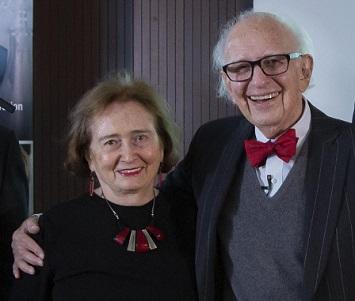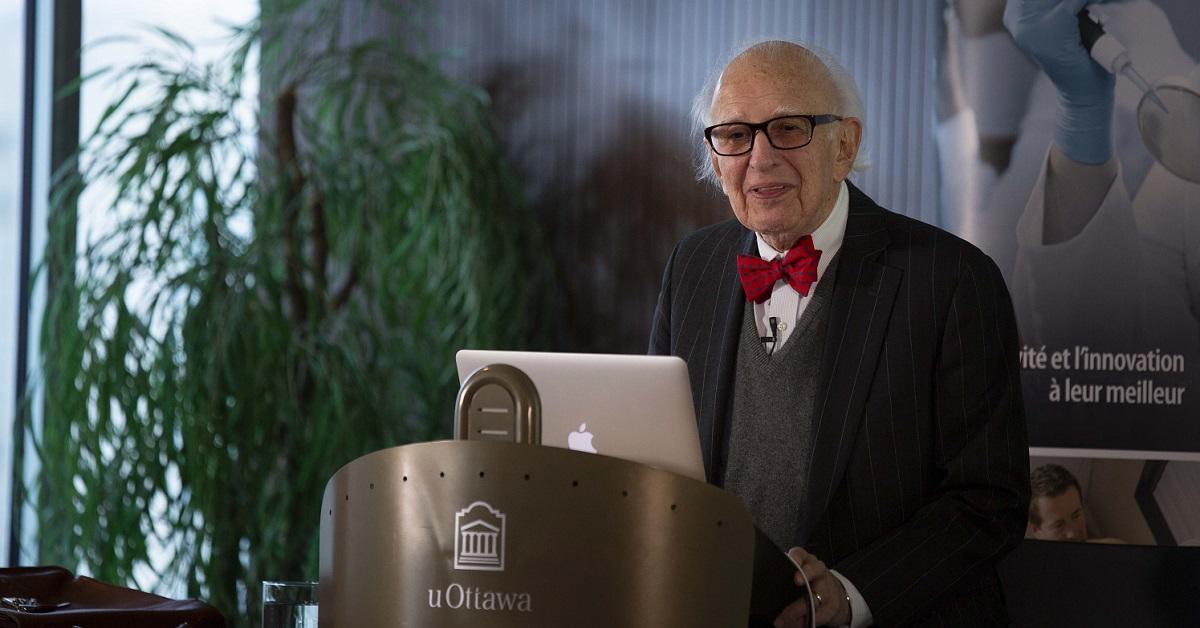
Eric Kandel, winner of the 2000 Nobel Prize in Physiology or Medicine, has spent decades probing one of the brain’s greatest mysteries: how does memory work? On December 13, 2018, more than 200 people at uOttawa heard the 89-year-old Columbia University neuroscientist talk about how his research on age-related memory loss had inspired him to start walking to work. Here is an excerpt from his presentation.
It was unclear for a long time whether age-related memory loss – also called euphemistically “benign senescent forgetfulness” – is an early stage of Alzheimer’s or an independent process. To answer this question, my colleagues and I compared three features: age of onset and progression, anatomical causation and molecular defects.
The clearest evidence so far that age-related memory loss and Alzheimer’s disease are distinct processes is that the age of onset for the two differs. Alzheimer’s disease is much rarer and occurs later.
Bone is an endocrine gland. It releases a hormone called osteocalcin, which acts on many organs in the body, including the brain. It gets through the blood-brain barrier, helps in spatial learning and helps to prevent anxiety and depression.
We were interested in learning: does osteocalcin affect age-related memory loss?
Osteocalcin and exercise
As animals age, the osteocalcin level decreases, but if you exercise, you see a significant increase in the osteocalcin level. Exercise boosts the osteocalcin level in a very dramatic fashion. If you inject osteocalcin into a bunch of old mice, they jump around. If you inject saline, they go back to sleep.
One thing that’s emerging from population studies is that the earlier you begin taking your body seriously, the better. To prevent the onset and progression of age-related memory loss, these are the steps that are important: regular walking to increase the release of osteocalcin.
I’m a swimmer but I’ve switched to walking. You use your bones much more when you walk, because you pound the pavement. I used to have [my wife] Denise, who works beyond where I work, drop me off and pick me up. No more. I walk both ways. I’ve exchanged my briefcase for a rucksack.
[Montreal neuropsychologist] Brenda Milner, who’s a role model for so many of us, is 100 years old. She not only works every day, but walks to work every day. For her whole career, she has walked to work. Uphill!
